The animal kingdom is full of surprises, and big cats are no exception. While they are often portrayed as solitary and aloof, some big cats exhibit social behaviors that defy these stereotypes. These majestic creatures are not only captivating due to their imposing appearance but also because of their unexpected social interactions. This article delves into the lives of six big cats whose social behaviors might just surprise you.
Lions: The Quintessential Social Cat
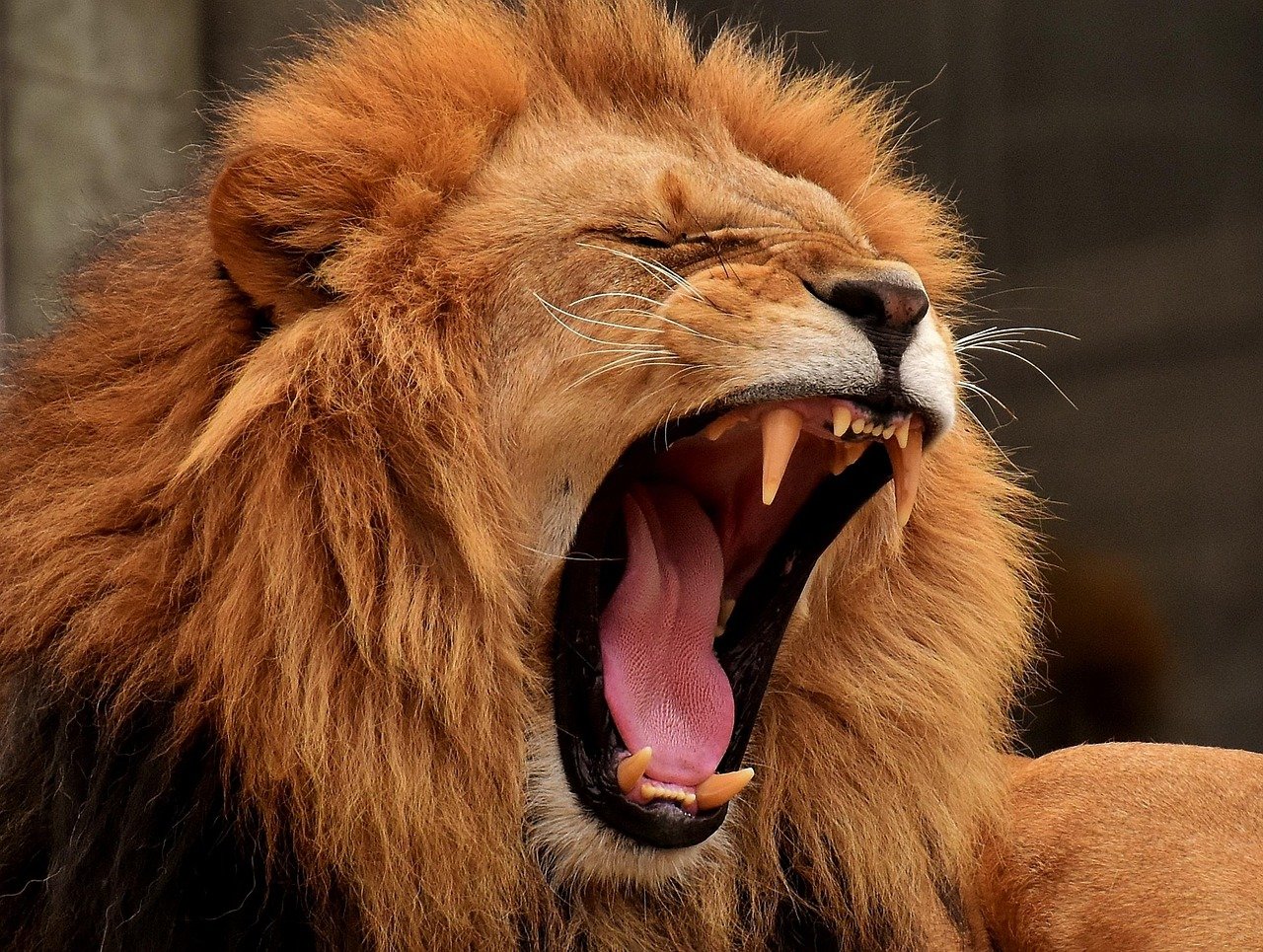
Lions are perhaps the most well-known social big cats. They are the only big cats that live in groups known as prides. A pride typically consists of related females and their offspring, along with a few adult males. The social structure of a pride is fascinating, with females often taking on the roles of hunters and caregivers. Males, on the other hand, protect the territory from intruders. The cooperative hunting and nurturing of cubs are testaments to their social nature. Lions communicate through a variety of vocalizations, such as roars, grunts, and moans, which help maintain the social bonds within the pride.
Cheetahs: The Unexpected Socialites
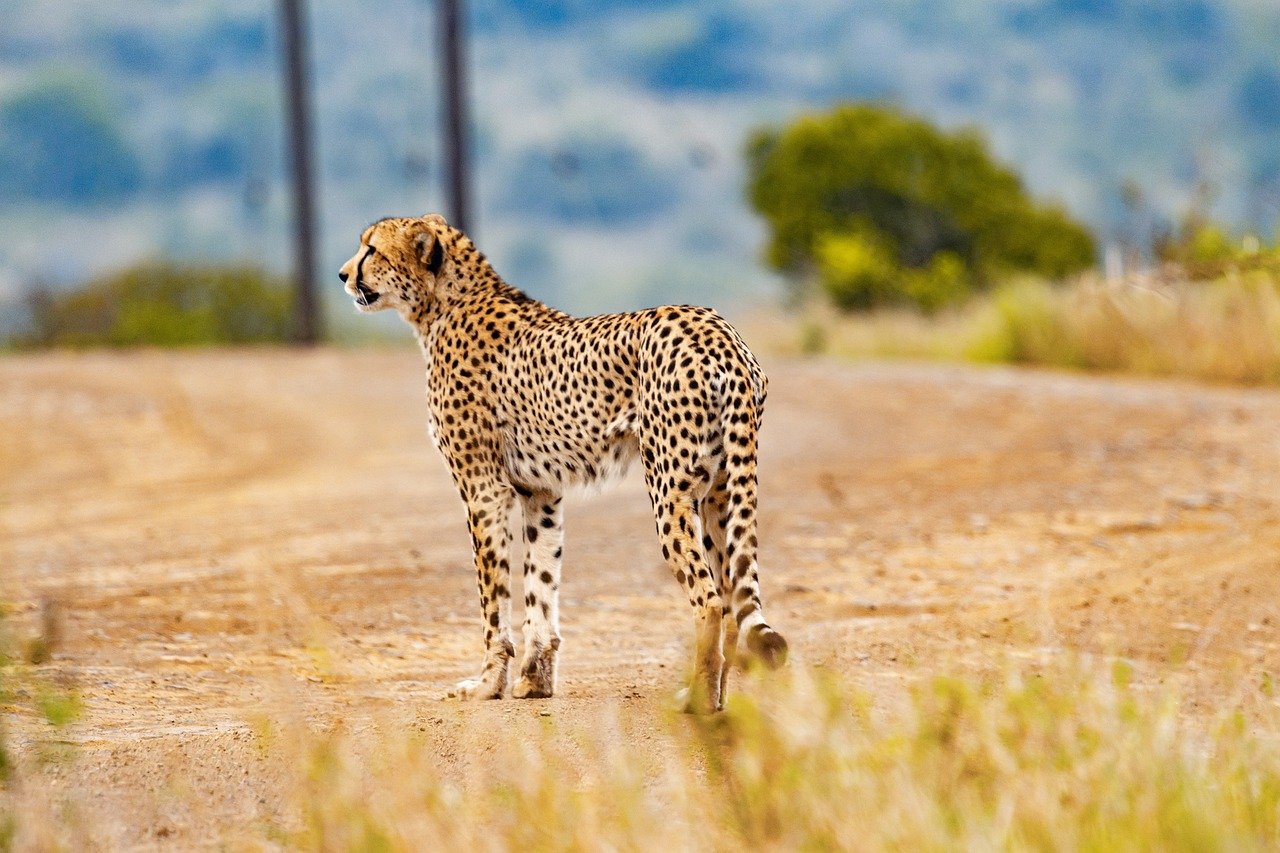
Cheetahs are often thought of as solitary hunters, but this is not entirely accurate. While female cheetahs tend to be solitary, males often form small groups called coalitions. These coalitions usually consist of brothers who stick together for life. By forming these groups, cheetahs increase their chances of survival. They can defend larger territories and are more successful in hunting. It’s a bit like forming a club with your siblings to make life a little easier. The social behavior of cheetahs challenges the common perception of them as lone predators.
Snow Leopards: Solitude with a Social Twist
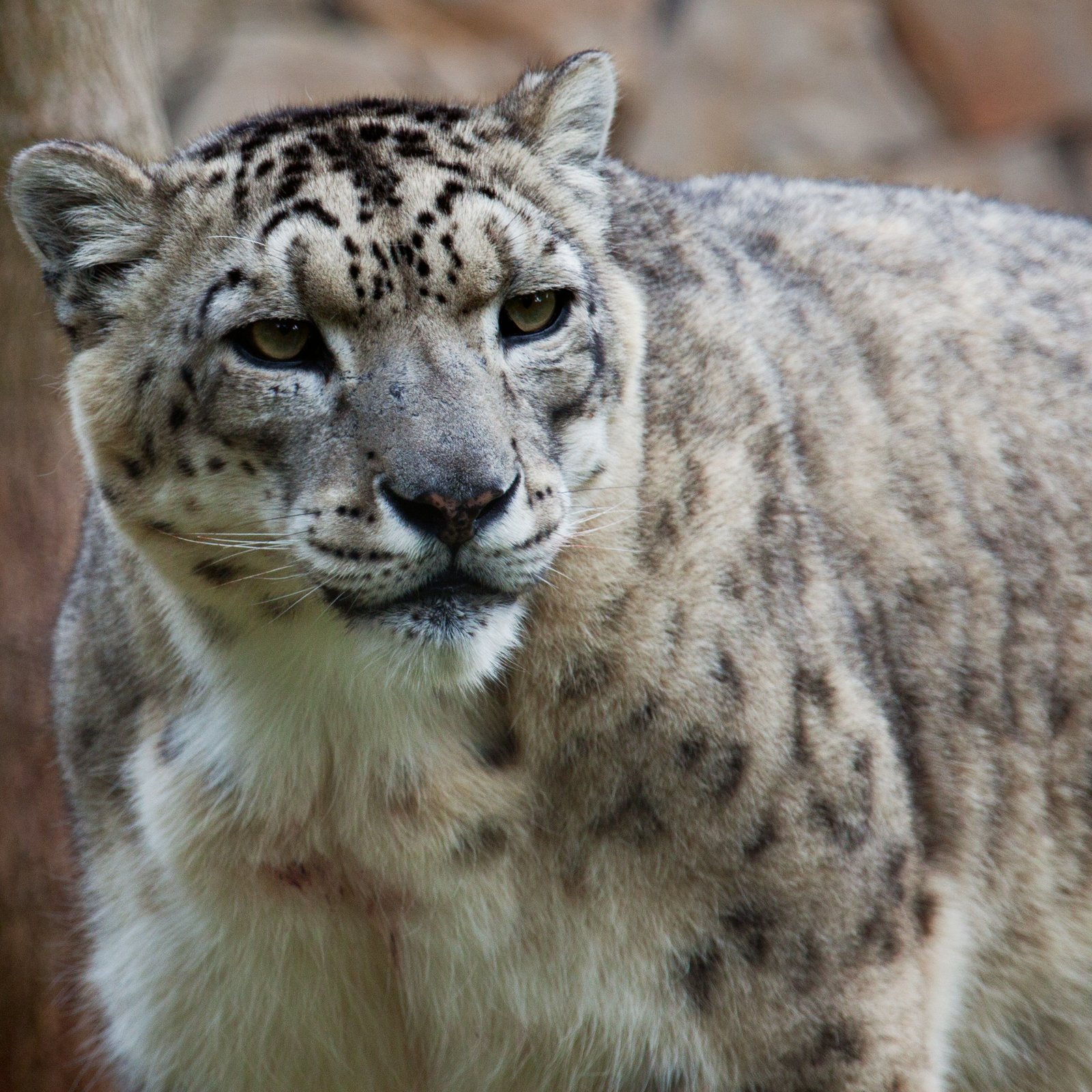
Snow leopards are known for their elusive nature and solitary habits. However, recent studies have shown that they are more social than previously thought. These big cats communicate with each other through scent markings and vocalizations. They have been observed sharing their territories with their offspring for extended periods, indicating a form of social tolerance. It’s like having an open-door policy with your closest family members. This behavior ensures that their young have a better chance of thriving in the harsh mountainous environments they call home.
Tigers: Solitary Yet Social
Tigers are often depicted as the epitome of solitary big cats, but they exhibit more social behaviors than one might expect. While they do prefer to hunt alone, tigers have been observed sharing their kills with other tigers, especially during courtship. They communicate through vocalizations, scent markings, and even facial expressions. Mother tigers are fiercely protective and nurturing, raising their cubs for up to two years. During this time, they teach their young essential survival skills. It’s like a crash course in tiger adulthood, complete with practical lessons and hands-on experience.
Leopards: Masters of Solitary Coexistence
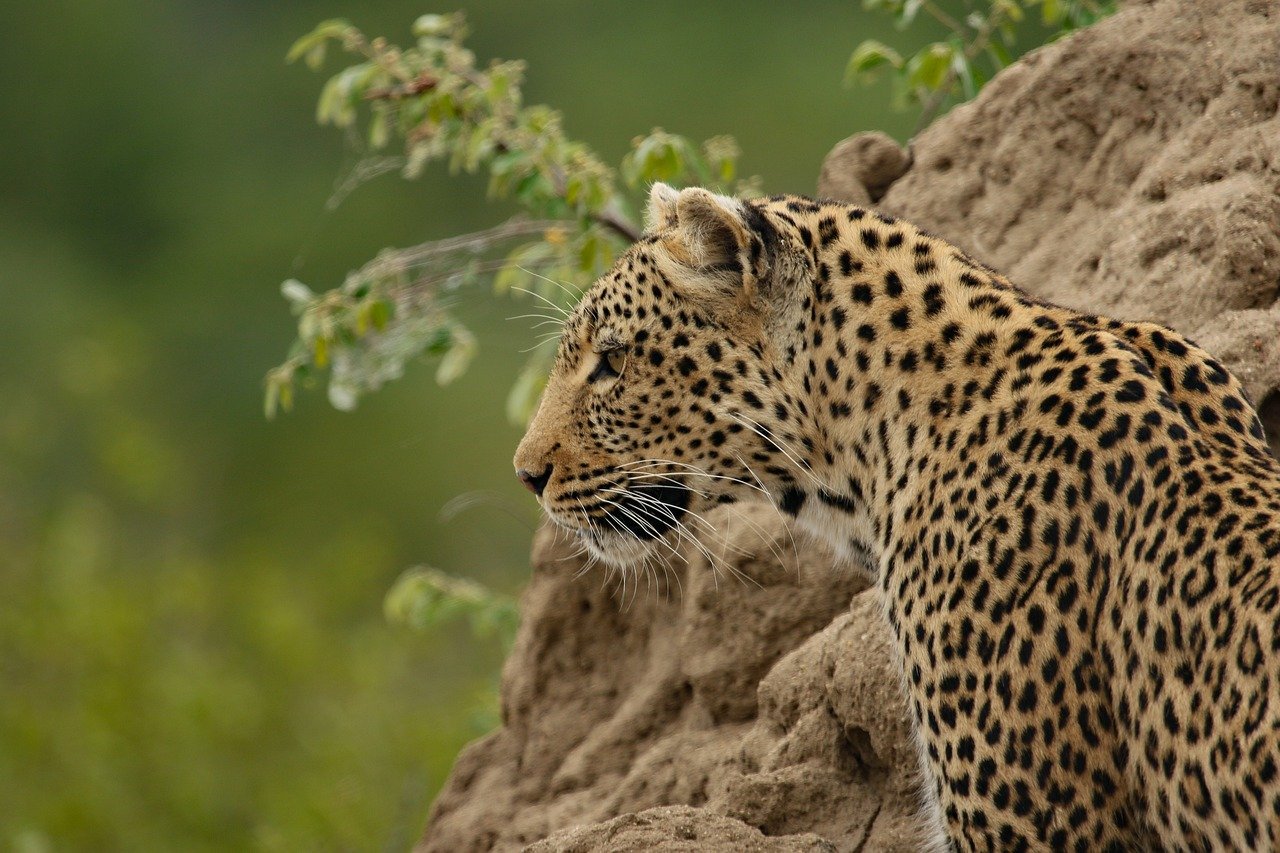
Leopards are known for their solitary and secretive lifestyles, but they are surprisingly adaptable in terms of social interactions. They are primarily solitary, but leopards have been known to share their territories with their offspring and even unrelated leopards. This behavior is particularly evident in areas with abundant prey. They communicate through vocalizations, scent markings, and visual signals. It’s as if they are saying, “I prefer to be alone, but I don’t mind sharing when the conditions are right.” This adaptability allows them to thrive in a variety of environments.
Jaguars: Solitude with a Social Side
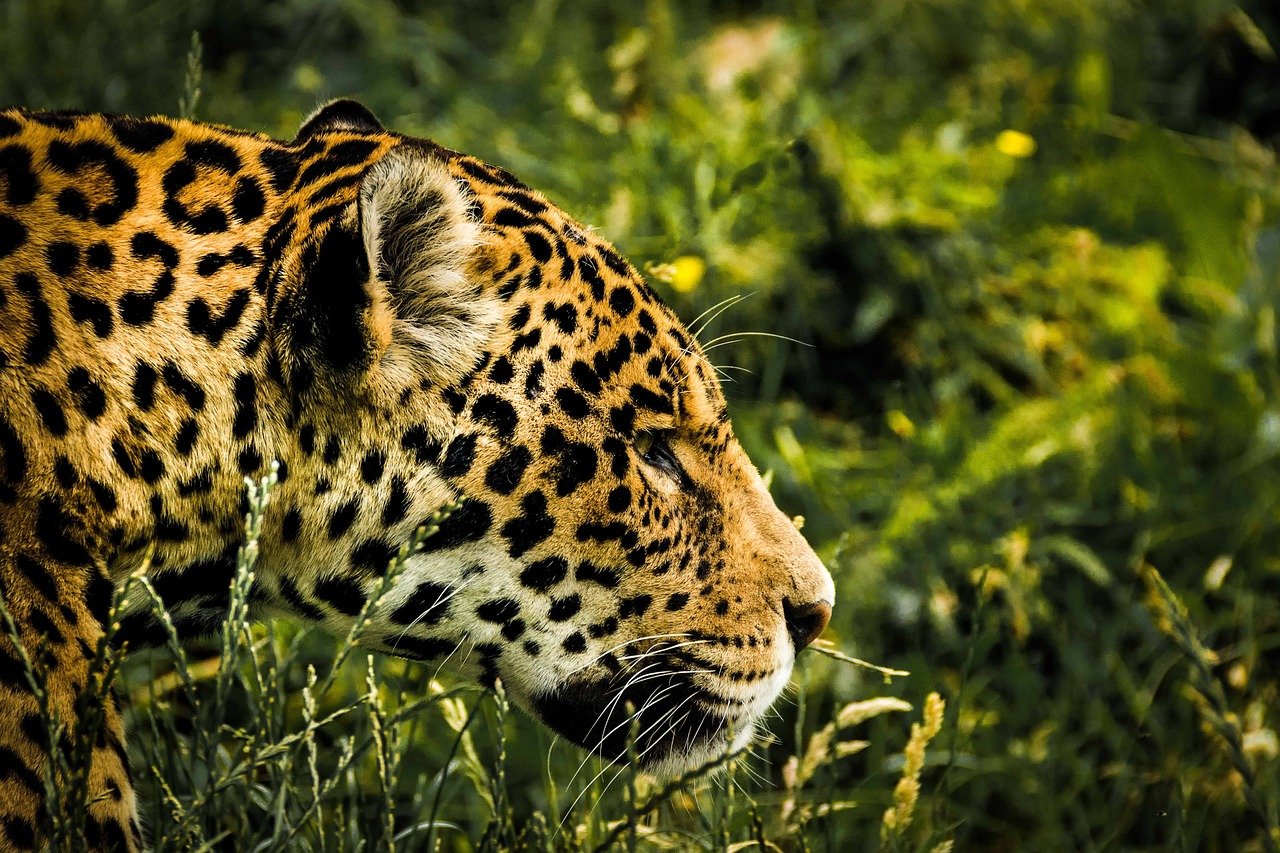
Jaguars are typically solitary animals, but they do exhibit social behaviors under certain circumstances. They communicate through vocalizations and scent markings, which help them establish territories and find mates. Jaguars are also known to tolerate the presence of other jaguars, especially during the mating season. Mother jaguars are dedicated caregivers, raising their cubs until they are capable of fending for themselves. This dedication is a testament to their social nature, even in the face of their solitary reputation.
Cooperative Hunting Among Big Cats
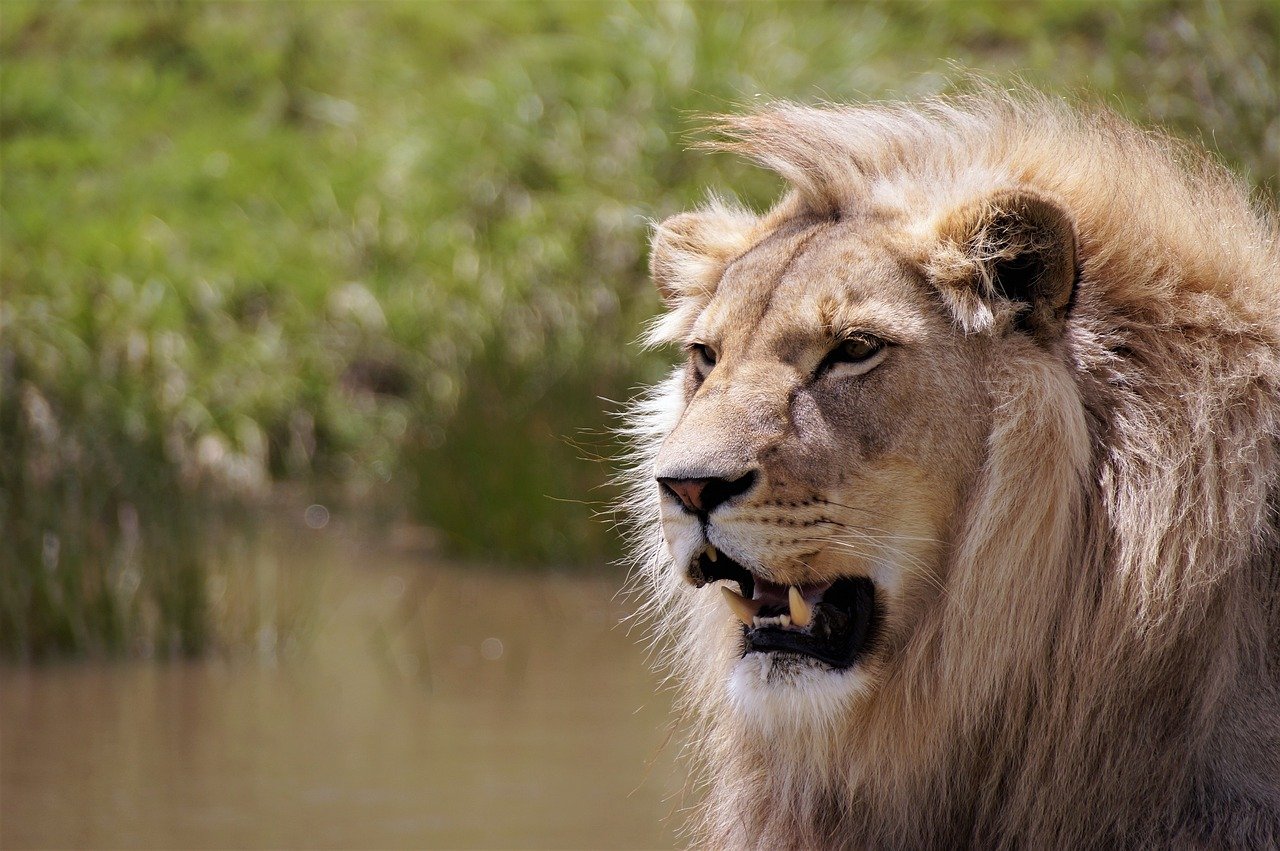
While many big cats are known for their solitary hunting techniques, some engage in cooperative hunting. Lions are the most well-known for this behavior, with females working together to take down large prey. Cheetahs in coalitions have also been observed hunting together, increasing their success rates. This cooperative behavior is akin to a team sport, where coordination and strategy are key to success. It highlights the social dynamics present even in species that are predominantly solitary.
Vocal Communications: The Language of Big Cats
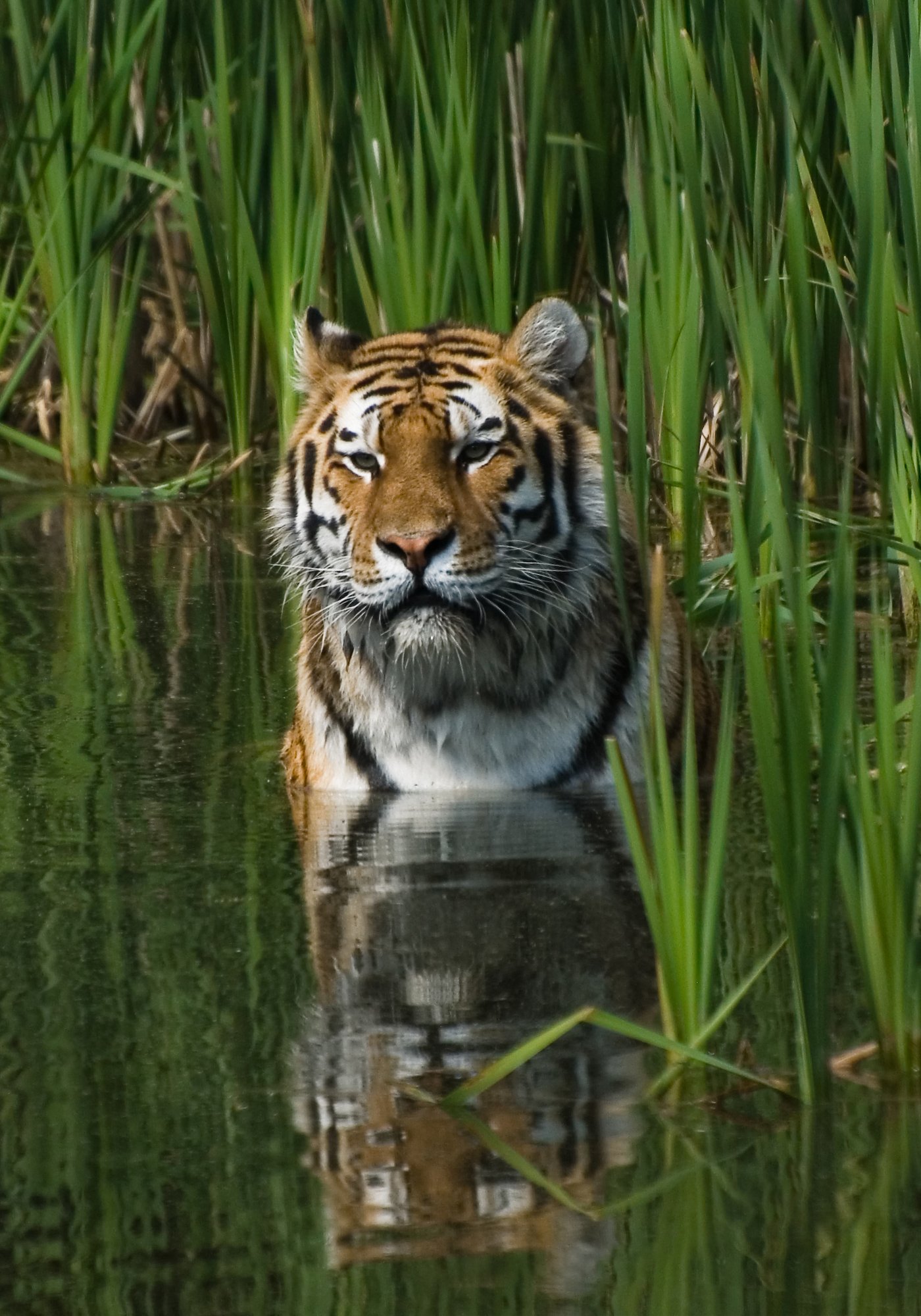
Big cats have a rich repertoire of vocalizations that they use to communicate with each other. Roaring, growling, purring, and chuffing are just a few examples of the sounds these animals make. Each vocalization serves a specific purpose, from establishing territory to attracting mates. It’s like having a secret language that only members of their species can understand. This vocal communication is an essential aspect of their social interactions, allowing them to convey complex messages without the need for physical presence.
Scent Marking: The Invisible Social Network
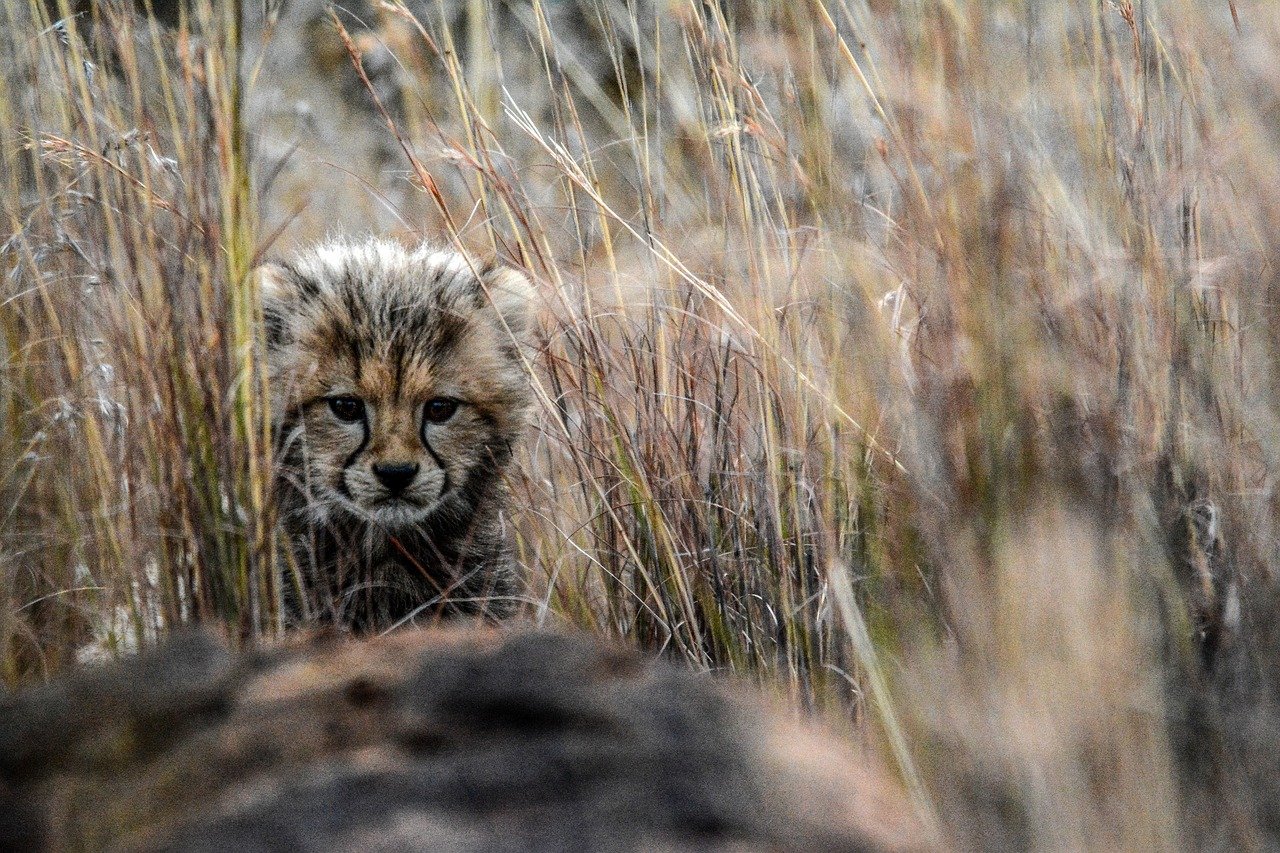
Scent marking is a crucial form of communication for big cats. They use scent glands located in various parts of their bodies to leave chemical messages for other cats. This behavior is akin to leaving notes or messages for others to find. It helps big cats establish territories, identify potential mates, and avoid conflicts. Scent marking is a testament to the sophisticated social networks that exist among these animals, even when they are not physically present.
Motherhood: A Social Bond Like No Other
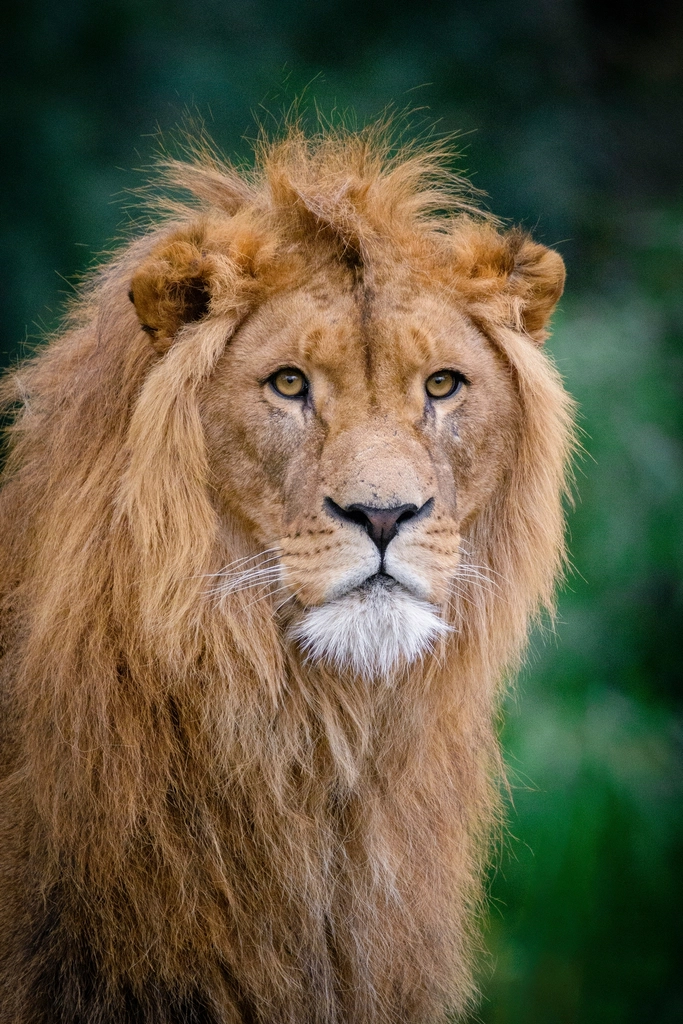
The bond between mother big cats and their cubs is one of the strongest social connections in the animal kingdom. Mothers are responsible for teaching their cubs essential survival skills, such as hunting and avoiding predators. This nurturing behavior is a testament to the social nature of big cats, even those that are primarily solitary. It’s like having a lifelong mentor who guides you through the complexities of life. The dedication of mother big cats to their cubs ensures the continuation of their species.
Territorial Behaviors: Balancing Solitude and Society
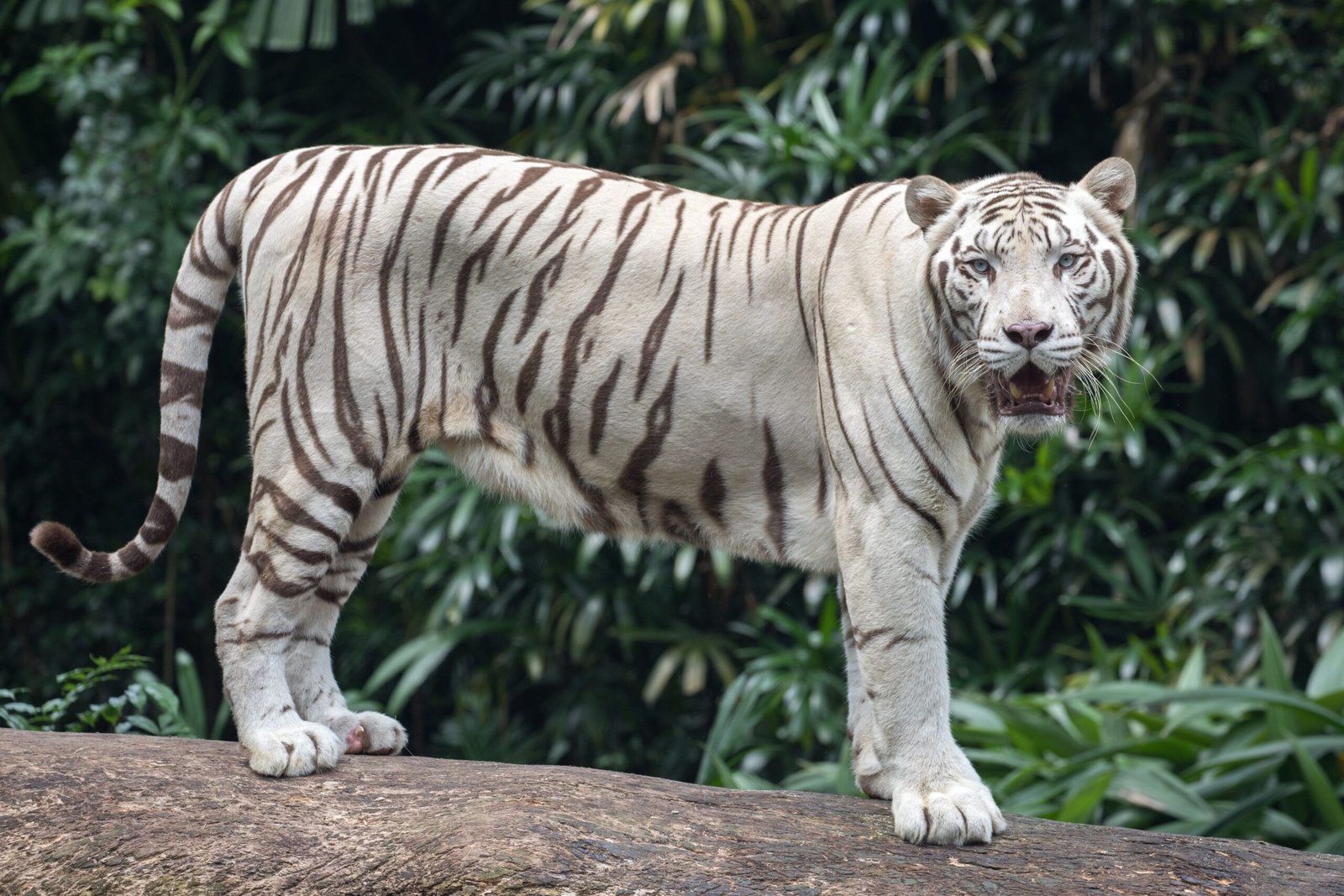
Territorial behaviors are a significant aspect of big cat social dynamics. While many big cats are solitary, they establish and defend territories that overlap with those of other cats. This overlapping allows for social interactions, such as mating and communication. It’s like having neighbors with whom you share a mutual understanding and respect. This balance between solitude and social interaction is a key component of big cat behavior.
Play: The Social Side of Big Cats
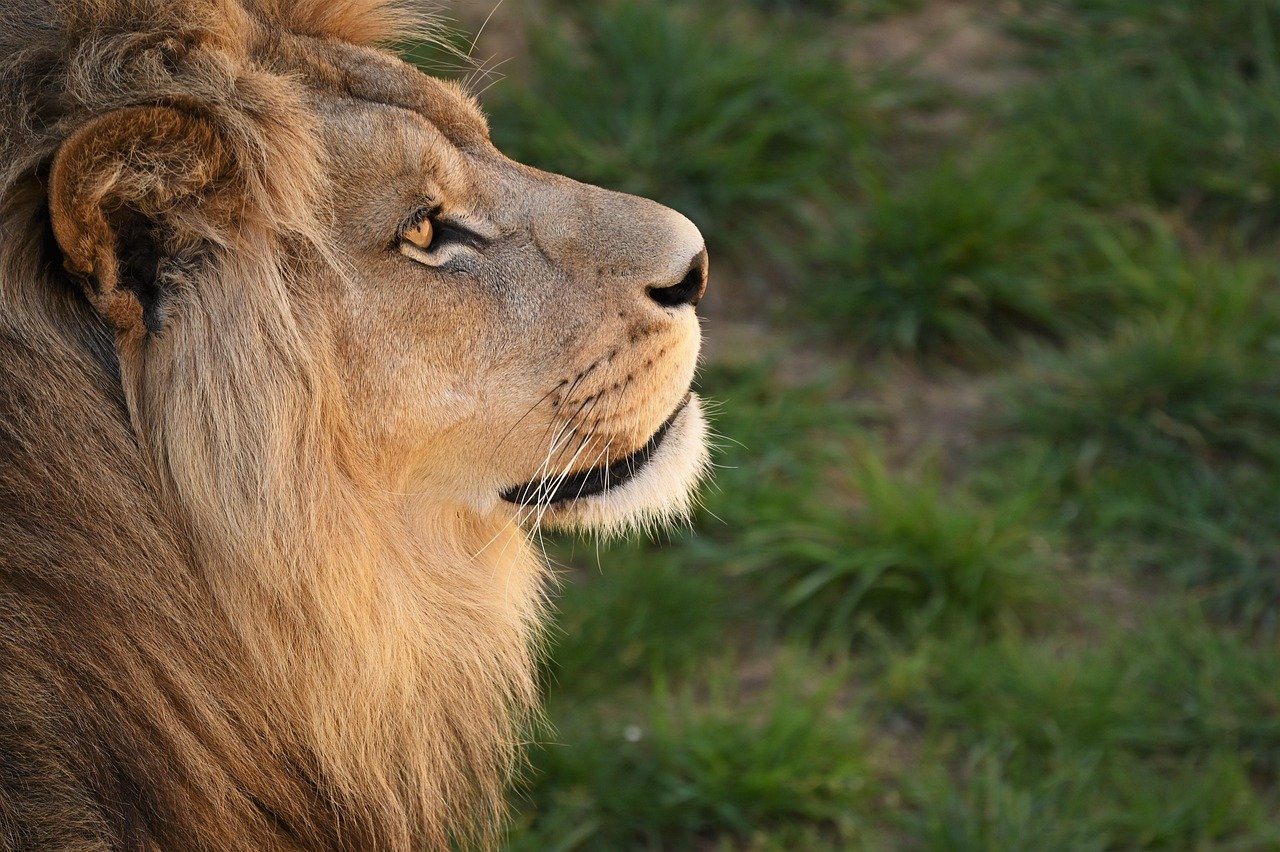
Play is an essential part of big cat behavior, especially among young cats. Through play, they learn important skills such as hunting, fighting, and social interaction. This behavior is not limited to cubs; adult big cats have also been observed engaging in playful activities. It’s like a game of tag or hide-and-seek that serves a purpose beyond entertainment. Play helps big cats develop the skills they need to survive and thrive in their environments.
Social Learning: Passing Down Knowledge
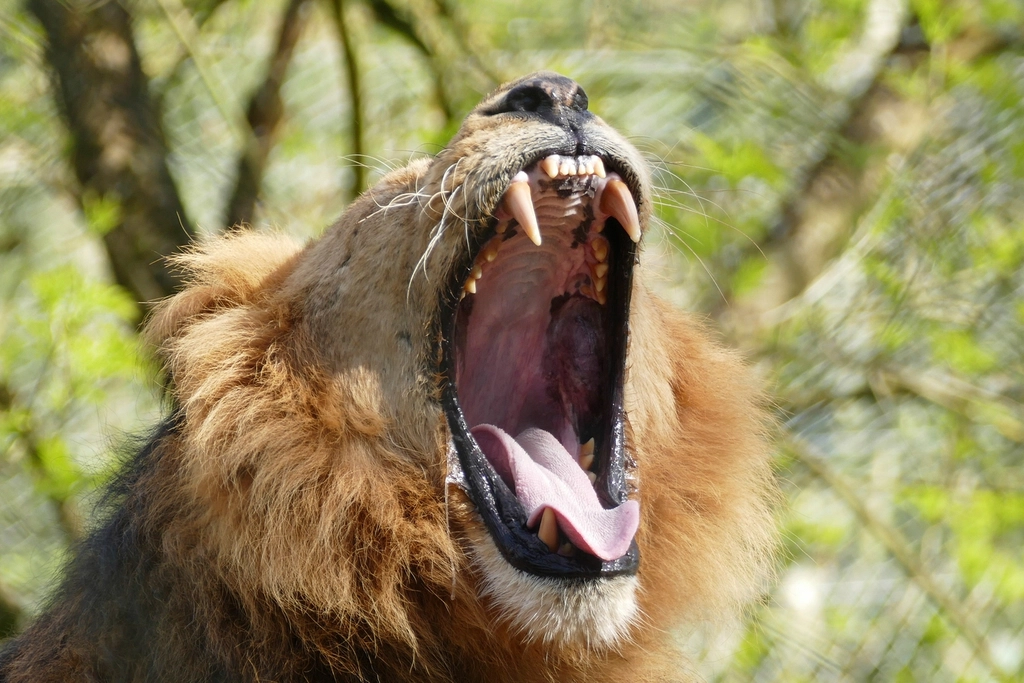
Social learning is a crucial component of big cat behavior. Cubs learn essential skills by observing and imitating their mothers and other adults. This form of learning is similar to how humans learn from their parents and peers. It ensures that the knowledge and skills necessary for survival are passed down from one generation to the next. Social learning highlights the importance of social interactions in the lives of big cats, even in species that are primarily solitary.
Conclusion
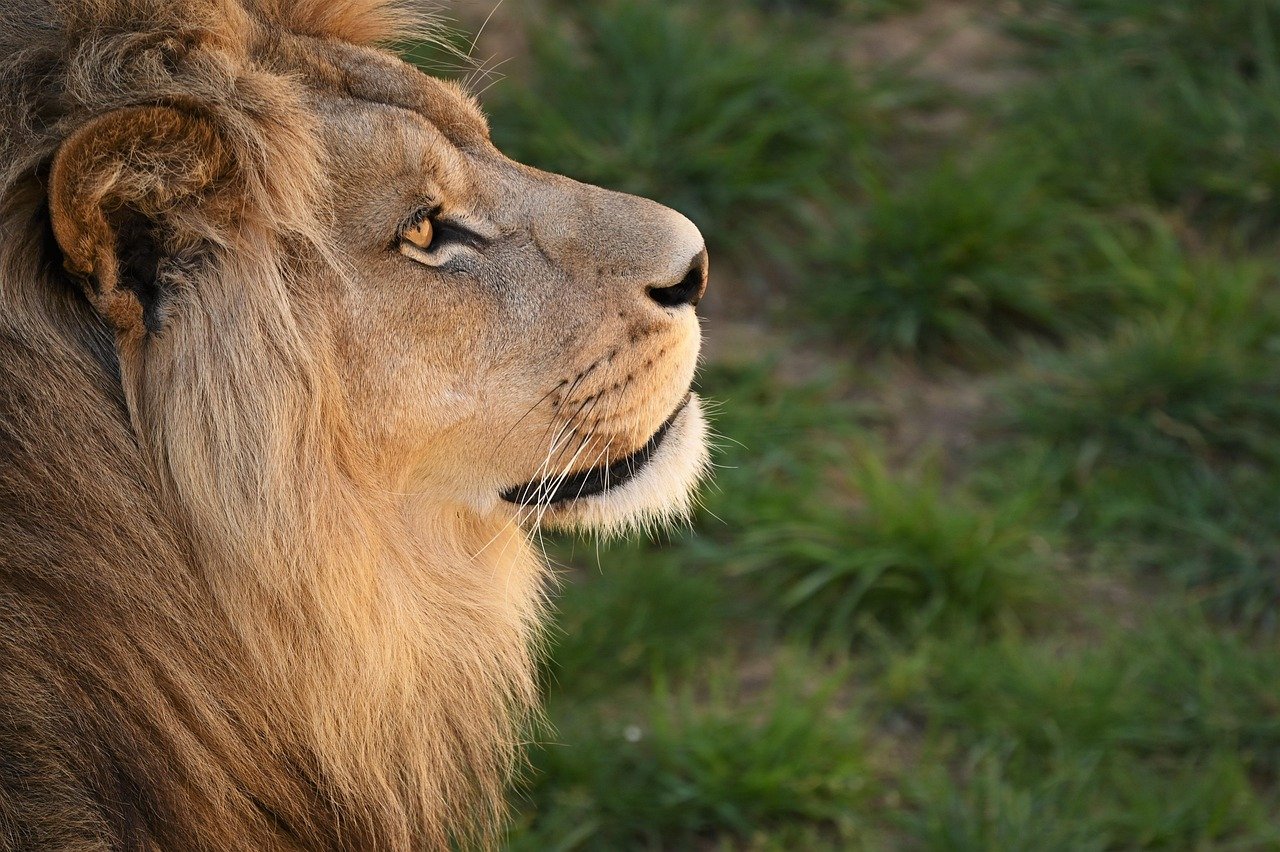
In the world of big cats, social behaviors are more common than one might expect. From the cooperative hunting of lions and cheetahs to the vocal communications and scent marking used by various species, these majestic animals exhibit a range of social interactions. Even solitary big cats, such as leopards and jaguars, display social behaviors that challenge the stereotype of the lone predator. The social dynamics of big cats are complex and fascinating, revealing a side to these animals that often goes unnoticed. Whether through cooperative hunting, vocalizations, or nurturing motherhood, big cats exhibit social behaviors that are as captivating as they are unexpected.
Hi, I’m Bola, a passionate writer and creative strategist with a knack for crafting compelling content that educates, inspires, and connects. Over the years, I’ve honed my skills across various writing fields, including content creation, copywriting, online course development, and video scriptwriting.
When I’m not at my desk, you’ll find me exploring new ideas, reading books, or brainstorming creative ways to solve challenges. I believe that words have the power to transform, and I’m here to help you leverage that power for success.
Thanks for stopping by, Keep coming to this website to checkout new articles form me. You’d always love it!






